Dawn of Terminator Drones: Warfare Transformed
In an eye-opening display of technological advancement, a video released on March 20th by Ukrainian drone fundraiser Serhii Sternenko has introduced the world to a new kind of war machine: the target-seeking Terminator drone. This autonomous attack drone, equipped with machine vision, marks a significant step towards the future of unmanned warfare, reports Forbes, demonstrating the ability to lock onto targets without human intervention and successfully complete missions even in the face of electronic countermeasures.
Advancements in Autonomous Drones
The Rise of Machine Vision in Combat
At the heart of this development is the use of machine vision, enabling drones to identify and engage targets with precision. The video shows an FPV (first-person view) attack drone homing in on a Russian tank despite the loss of the video link, a common problem that radio-frequency jamming used to disrupt drone operations counters. This technology not only highlights a shift towards more autonomous combat systems but also represents a leap in overcoming traditional electronic warfare tactics.
Sternenko’s initiative goes beyond a single demonstration, aiming to mass-produce a thousand of these drones, signaling a move from prototype to production scale. This ambition underlines the growing feasibility and potential reliance on autonomous systems in modern conflict.
Countering Electronic Warfare
The use of machine vision in drones presents a significant counter to electronic warfare (EW) tactics, such as jamming, that aim to disrupt the control and communication of unmanned systems. Sternenko’s technology successfully eliminates the threat that EW poses by enabling drones to autonomously recognize and attack targets, enhancing operational effectiveness against enemy defenses.
The Cost of Autonomy
Despite the sophisticated technology, the cost of these drones remains relatively low, with each unit priced at $1,000. This affordability contrasts sharply with traditional guided weapons like the Javelin anti-tank missile, which costs approximately $200,000 per shot. The economic advantage of these drones could potentially revolutionize the cost dynamics of military engagements, allowing for more widespread use of precision-guided munitions.
Ethical and Operational Challenges
Ethical Considerations
The deployment of autonomous weapons systems raises significant ethical questions, particularly concerning accountability and the reliability of targeting systems. The potential for these drones to misidentify targets, as highlighted in a second attack video, underscores the need for further development and strict oversight of autonomous weapons. This challenge is further complicated by the blurred lines of accountability when civilian casualties occur due to autonomous operations.
Operational Reliability
The effectiveness and reliability of these autonomous systems remain subjects of scrutiny. Despite the successful demonstrations, the technology is acknowledged to be in need of improvement, with part of the funds raised dedicated to further development. The pursuit of autonomous capabilities by both Ukraine and its adversaries underscores an arms race in Drone Technology, with both sides eager to exploit the strategic advantages offered by these systems.
A Glimpse into the Future of Warfare
The advent of autonomous drones in Ukraine’s arsenal represents a significant milestone in military technology, one that echoes the science fiction predictions of the past. As these systems continue to evolve, the implications for future conflicts and international security protocols will be profound. While the potential to enhance operational effectiveness against adversaries is clear, the ethical, Legal, and strategic challenges posed by autonomous weapons will require careful consideration. The world is now witnessing the dawn of a new era in combat, where the lines between human and machine, ethical and operational considerations, are increasingly blurred.
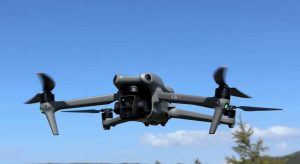
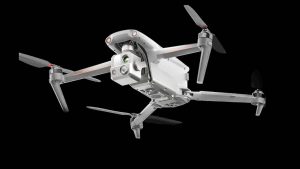


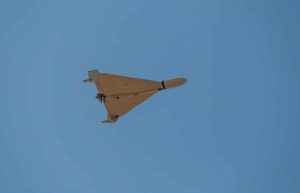
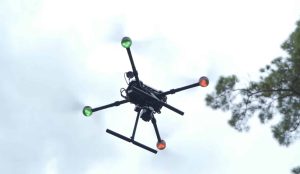





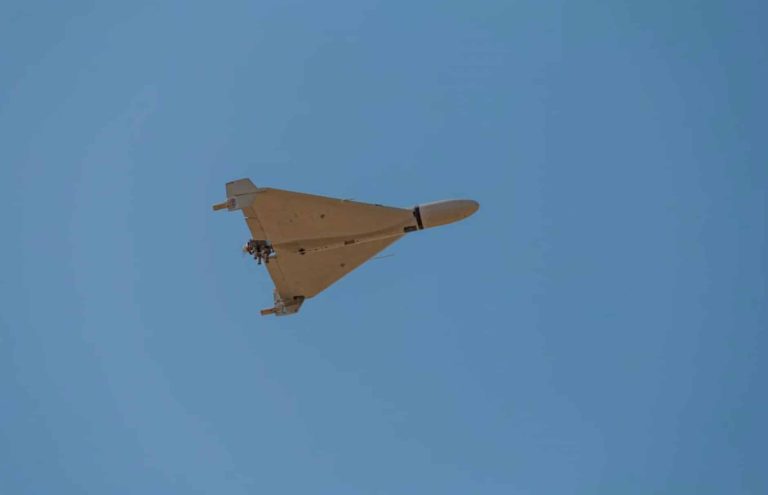


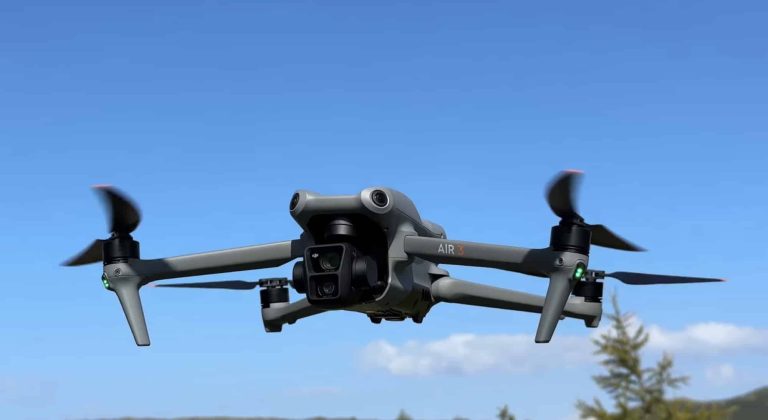
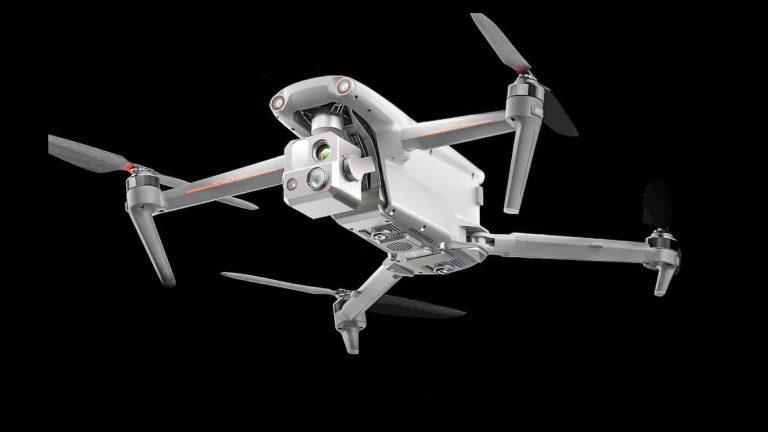




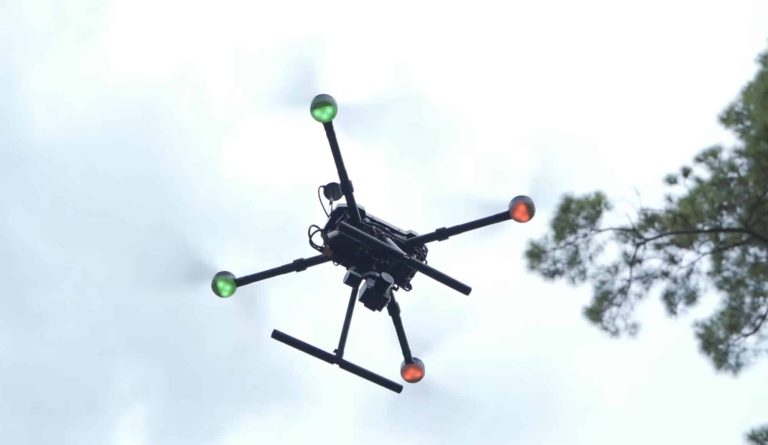

+ There are no comments
Add yours